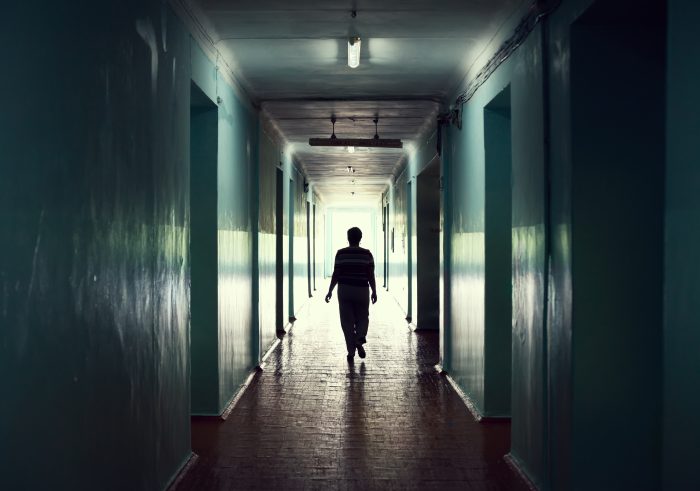In a webcast entitled “Exposed: Clinic Worker Stories” on Monday, December 21, 2016, former abortion worker Margot described how her facility put women’s safety at risk. The theme of the webcast, hosted by Abby Johnson and the organization And Then There Were None, was the various ways that abortion facilities cut corners with patients and risk women’s lives.
Margot explains how the facility where she worked had her do medical procedures on a level above her training. She says:
I am not an RN, I am a nurse. I am an LPN, and I was doing RN level work. I was administering push medications, conscious sedations for the women who were having the two-step late-term abortion procedures. And I think that’s something that has come out very clearly recently is that people who are not really adequately trained to do the tasks that they’re doing. And that endangers women to such a degree, because when something goes wrong you don’t know what to do.
There were close calls. Yet even when women were injured, her facility did not call an ambulance to get them help.
And we almost lost patients due to complications. And even though the doctor appeared to be very compassionate we did everything we could not to call an ambulance, because we just didn’t want that, the optics of an ambulance outside of the abortion clinic. And we never told the women how close they came to almost dying.
One reason for not calling an ambulance was to avoid frightening the other patients. After all, seeing an ambulance pull up to the facility might send patients fleeing out the door, fearing they may be injured next. The abortion facility didn’t want to lose patients, because each patient who leaves is money running out the door.
Another possible reason was public relations. If anyone (such as an abortion protestor or sidewalk counselor) were to take a picture of the ambulance, the facility would be cast in a bad light. 911 tapes are often released to the public. In fact, there are many examples of pro-life groups obtaining 911 transcripts and finding out about abortion complications that way. For example, the pro-life group Operation Rescue was able to obtain and share multiple 911 transcripts from two Albuquerque abortion facilities. The transcripts, all 13 of them, gave evidence of botched abortions.
It is not surprising that abortion workers wouldn’t want pro-lifers to obtain such information. They want to hide complications from the public and avoid giving ammunition to pro-life activists.
However, it was the women whose lives were endangered by the abortion facility’s practices. The fact that the facility was willing to risk women’s lives to keep its image shows how little the operators of the facility cared about the women who came to them for medical care. The safety of the women was not their first priority. Money and image were more important.
Margot goes on to say:
So even though people can present the clinic as being nice, they still at the time did not have to adhere to all the standard laws that any freestanding surgical clinic would to adhere to. Why on earth would it be okay to go and have these surgical procedures and not have those same safeguards in place. No crash cart. I mean, it’s because the marketing machine of the abortion industry has worked so hard to make it seem as if it’s not surgery, but that it’s some little procedure and that’s a great disservice to the women.
In New York, pizza parlors and nail salons have been inspected more often than abortion facilities. When confronted with the fact that veterinary clinics are regulated more strictly than abortion facilities, pro-choice supporter Eleanor Holmes Norton conceded the point and replied:
What happens in abortion clinics is usually not surgical. You go to a vet, they have to be equipped to do anything that the pet requires. In other words, they have to be prepared to cut him open. They don’t just bring him there to do a simple procedure, one-time, very narrow procedure.
However, abortion is surgery. Administering potentially dangerous anesthesia and invading a woman’s body with surgical tools is not simpler than declawing a cat. Women have died from abortions. Even the CDC, which is notoriously bad at keeping abortion statistics, and often neglects to report abortion deaths, concedes that over 400 women have died from illegal abortion since Roe v. Wade. The actual number is likely much higher.
Also, the patients in abortion facilities are humans, not animals. Should facilities treating humans really be held to lesser standards than facilities treating pets?
As more former abortion workers come forward, more stories of substandard medical “care” will no doubt emerge.








